Kursk and the Oscar class
On August 12 2000 one of Russia’s most largest and most formidable submarines suffers a catastrophic double explosion sinking the submarine and taking the lives of 118 souls.
The Story of Kursk today is well known and at the time it was one of the most publicized events of the new millennium, it was an event of extreme tragedy yet also one of a re birth of the Russian navy.
The whole story of Kursk and project 949 starts in the Soviet Union in the 1970’s, this new project will supplement and later replace the smaller project 670 Charlie and the lone project 661 Papa class submarines. It will also encompass the very latest technology and weapons that the Soviet Union has yet developed.
The boats and their weapons
The Boats were designed around carrying their main missile battery the P700 Granit NATO codenamed SS-N-19 Shipwreck.
The missiles themselves are huge they are 10 meters long 0.85 meters wide and weigh 7,000kg they can carry a 200kt nuclear warhead or 750kg of high explosives they have but one purpose, to sink large surface units mainly aircraft carriers.
It was planned that the project 949 NATO Codenamed the Oscar class, are to carry 24 of these missiles which means there is a requirement for a very large submarine.
For their time they are some of the most advanced missiles fielded by the Soviets, able to be fired and forgot from under the sea, they can also target discriminate but, crucially these weapons are designed to be volley fired towards their intended target. These missiles at the time are more advanced than any western anti-ship missile, the boast a unique link data system which enables the missiles to communicate and target designate. A typical flight profile of the missiles will see one climb to 20,000ft and provide targeting data to the other missiles, should this be taken out by enemy air defense another will take over the role. The missile itself is capable of being fired from 320km away from its target, it will fly at Mach 1.6 until just before it reaches the target area and goes terminal, it then speeds up to Mach 2.5 for its final fly in.
Project 949 was designed to carry 24 missiles in a single silo layout with 12 on either side of the sail inclined at 45*, this meant the submarine had to be exceptionally wide and long.
But that is not all these submarines also carried torpedoes, 4 533mm (21in) and 2 650mm (25in) tubes in the bow with 28 reloads which is orchestrated by a fully automatic loading and indexing system.Stowed weapons include the SS-N-16 Stallion anti-submarine rocket launched free fall torpedo (ASROC), 65-76A (now discontinued) VA-111 Skhval rocket torpedo, 53-65K, UGST and USET80 torpedoes
Two submarines were initially built, these had slightly smaller displacements than their later project 949A sisters, Kursk was one of the modified design a project 949A (Oscar II). Until the Ohio conversions they would hold the record for being the largest cruise missile submarines (SSGN) on the planet. At 155m (508.6ft) long, 18.2m (59.9ft) wide, with a draft of 9m (29.6ft) these submarines would also be heavy weights displacing 14,700 tons surfaced and 19,400 tons submerged.
The boats would be powered by two OK650M reactors each delivering 50,000shp or 190kw to two 7 skewback screws, this would drive the submarine to 15 knots on the surface and an alleged submerged speed of 32 knots.
The Project 949 boats would be capable of operating at depth of 520 meters and this is largely due to the double hull design.
These boats were designed for long duration missions and would carry a crew of between 107-120 for a cruise of up to 120 days.
Like the larger Typhoon the Project 949 boats would sport a gym, Sauna, Pool and rest area for the crew something not found on any western submarine.
Originally 20 boats were planned but only 12 were ever completed, the latest of these K329 Belgorad is a heavily modified special projects submarine, while hulls 13 & 14 K135 Volgograd and K160 Barnul have been broken up in 2011 only 50% completed.
As of February 2022 the current status of the Oscar class looks like this:
| Pennant | Name | Fleet | Status | Notes |
| K525 | Arkhangelsk | Northern | Scrapped | Project 949 Oscar I |
| K206 | Murmansk | Northern | Scrapped | Project 949 Oscar I |
| K148 | Krasnodar | Northern | Scrapped | First of Project 949A (Antey) |
| K173 | Krasnoyarsk | Pacific | Scrapped | |
| K132 | Irkutsk | Pacific | Refit | To become project 949AM for P800 Oniks |
| K119 | Vorenezh | Northern | Decom | Decommissioned pending disposal |
| K410 | Smolensk | Northern | Refit | To be confirmed if to be refitted to 949AM |
| K442 | Chelyabinsk | Northern | Refit | To become project 949AM for P800 Oniks |
| K456 | Tver | Pacific | Active | |
| K266 | Orel | Northern | Active | |
| K186 | Omsk | Pacific | Active | |
| K141 | Kursk | Northern | Sunk | Sunk Aug 12 2000 |
| K150 | Tomsk | Pacific | Active | |
| K329 | Belgorad | Northern | Trials | Special project 09852 hull lengthened for Poseidon |
| K135 | Volgogorad | Northern | Scrapped | Never completed broken up 50% completed |
| K160 | Barnul | Northern | Scrapped | Never completed broken up 50% completed |
Project 949AM boats are to be refitted with up to 72 P800 Oniks missiles as the original P700 Granit missiles are due to be phased out of service in the coming years.
Layout and sensors of the Oscar class
The Project 949 are double hulled submarines, these are split into 9 compartments and uniquely like a lot of Russian boats there is an escape pod in the sail. (due to the flooding forward of compartment 7 the trapped crew of Kursk were not able to use this device)
Compartment 1 Torpedo room
Compartment 2 Central Command Post
Compartment 3 Equipment housing for masts and antennas and extension of CCP
Compartment 4 Crew accommodation and rest area
Compartment 5 Auxiliary equipment and machinery
Compartment 6 Auxiliary equipment and machinery
Compartment 7 Reactor
Compartment 8 Turbine units
Compartment 9 Gearing and shaft equipment
The refitted submarines are mainly equipped with the MGK540 sonar complex including the SKAT3M towed array, which latest updates use waterfall displays, older boats still use the MGK-500 Skat-KS system with the MG-519M Afra M mine detection.
They also have a mixed host of other sensors that will differ from unit to unit but this is what is known to be on the Oscar class at various times:
MRCP-58 Radian Short Range surface search radar (Navigational system)
MRCP-59 Radian-U upgraded short range surface search radar (navigational system)
MRK-55 Chibis Targeting radar complex
MRP-21A ESM (Electronic Surveillance and Monitoring system)
MG-543 Afra HF Sonar system (Mine and Ice detection system)
MG-512 Vint M and MG-543 sonar for cavitation detection
MG-518 Sever Echosounder
Lightning-M communication complex
K141 Kursk Submarine Down
K141 began life in Severodvinsk shipyard being laid down in March 1990, her first crew was formed in March 1991 and began training to eventually be ready to take the submarine to sea.
On December 25 1991 the Soviet Union collapsed and work slowed on the submarine due to budget cuts and reorganization of the former Soviet fleet into the Russian Navy.
Despite the slow down K141 was given the name Kursk in April 1993to honor the 1943 battle, in May 1994 the submarine was launched from the ship yard and sea trials commenced and In January 1995 the submarine was officially commissioned into the Russian navy and testing went on well into 1998.
Her first operational cruise took place between August and October 1999 under the command of Captain Genady Liyachin which saw the submarine deploy to the Mediterranean, Upon her return the crew was awarded the best submarine in the fleet.
After participating in the July 2000 Navy day parade in the Northern fleet, K141 Kursk would undertake crew training in preparation for upcoming autumn exercises to take place in the Barents sea.
On August 11 2000 the submarine proceeded to the explosives handling wharf in Okolnaya Bay to be loaded with her weapons.
On the morning of August 12 2000 Kursk was in the exercise area along with multiple other ships and submarines including the heavy aviation cruiser Admiral Kuznetsov and the cruiser Peter the Great, the exercise was being led by Admiral Vyachislav Popov.
The submarine began her attack phase and fired one of her P700 Granit (SS-N-19) missiles which went flawlessly to the target.
During the interim period between attacks it is believed HTP fuel from a 65-76 torpedo stowed in tube number 4 leaked reacting with the internal components of the torpedo.
The subsequent reaction lead to an overpressure of the torpedo casing and torpedo tube causing an explosion that blew back inside compartment one (Torpedo room) which in turn caused a fire killing the crew.
The fire raged out of control and 2 minuets 15 seconds later temperatures inside the compartment reached a critical point detonating several weapons with a force of 7 tons of TNT in the compartment ripping open her hull and casing as well as collapsing the forward 3 compartments killing everyone forward of the reactor compartment (number 7).
The blasts were strong enough that they registered on seismographs in Norway, however despite this the fleet did not know the submarine was down, it would only be when Kursk failed to report in that they understood something had gone horribly wrong.
Norwegian Seismic Array Service report (NORSAR) PDF Report Open Source see references for link to full report
For 7 days rescue attempts were made by several mini submarines with no success, on August 19 the Norwegian Pioneer arrives at the site and offers assistance, she is joined one day later by Seaway Eagle which is carrying the Royal Navy DSRV LR5.
After her arrival the Seaway eagle is asked to stand off from the site, instead the Russians ask divers from the Normand Pioneer to go down and look for signs of life.
Divers locate the submarine and report there is heavy damage around the bow, they then proceed to the rear escape hatch.
Hammering frantically on the hull the diver holds his breath to make sure he doesn’t miss any faint tapping, sadly none is forthcoming.
A later dive will check to see if there is still air in the compartment, the diver uses milk as a visual aid to see if it is sucked in, unfortunately none is.
Some time after the dives are ceased, a remotely operated vehicle with a special attachment which was made onboard the Normand Pioneer then opens the aft hatch only to confirm the worst, all onboard the submarine have perished.
Not long after the grim news is relayed around the world the Seaway Eagle is permitted to float over the wreck site in order to pay their respects to the lost crew.
23 Men were found in compartment 9 their bodies were recovered along with notes wrapped in plastic from Dmitri Kolesnikov.
They had suffered a horrific fate, they had survived the initial explosion however; sometime after the incident it is believed an oxygen generator candle came into contact with the oily water causing a fire which sucked the remaining air from the compartment.
The men’s bodies were found with burns and their autopsies revealed some had suffocated, it is believed that some had tried to escape the fire by plunging themselves beneath the water which was at the time noted to be waist deep. (this was found due to burn marks on the equipment and hull)
According to the Ustinov report the men had survived the initial sinking for up to 8 hours, however we cannot be totally sure.
With a public backlash now in full swing Vladimir Putin vows to have the submarine raised and the bodies recovered.
With the assistance of two Dutch companies Smitt and Mamoet between September and October 2001 the Kursks bow is removed and the submarine is raised.
She is returned to Murmansk and taken into the floating dry dock PD50 where the accident investigation will begin once the barge Giant 4 and submarine part.
The subsequent investigation led by prosecutor Vladimir Ustinov will go on to cite negligence, out dated equipment, poor training and a host of other damming inditements against the upper command levels, the result of the report Admiral Popov and Admiral Mikhail Motsak are removed from their positions.
Understanding the outcome of the situation President Putin embarks on a major overhaul of the Russian navy, increased budgets lead to replacing out dated ships with new ones, refitting older vessels with more modern equipment, it is a task that is still going on today.
The wrecked Kursk however will eventually be cut up for scrap, her forward part of the sail is kept as a memorial in Murmansk while the only piece of her that is left her reactor compartment is now stored on dry land at the Sayda Bay storage facility.
References:
Prosecutor General Vladimir Ustinov Published public version of Ustinov Report
Soviet naval developments third edition Author Norman Polmar
Norwegian Seismic Array Service report (NORSAR) – http://www.nrpa.no/dav/3b3a226c34.pdf
Andrey Nikolaev website: Deepstorm.ru
Roman Volkov & Andrey Brichevsky website: Russian-ships.info
Federation of American Scientists website: fas.org
Unable to disclose source for Kursk interior pictures
Richard Stirn illustration Embers Of Stirn twitter @EmbersOfStirn
Dr Dan Saranga website: the-blueprints.org
Amitog Singh website: researchgate.net
English Russia website: englishrussia.com
Oleg Kuleshov Photographer and Freelance journalist
Blair Shaw personal photos on flickr website: https://www.flickr.com/photos/131313936@N03/albums/72157702590603671/with/31143023087/
Additional Links:
Is the Submarine the perfect stealth warship?
Russia’s Massive Typhoon Class
The First Troubled SSBN of the Soviet Navy
The First Soviet Nuclear Submarine

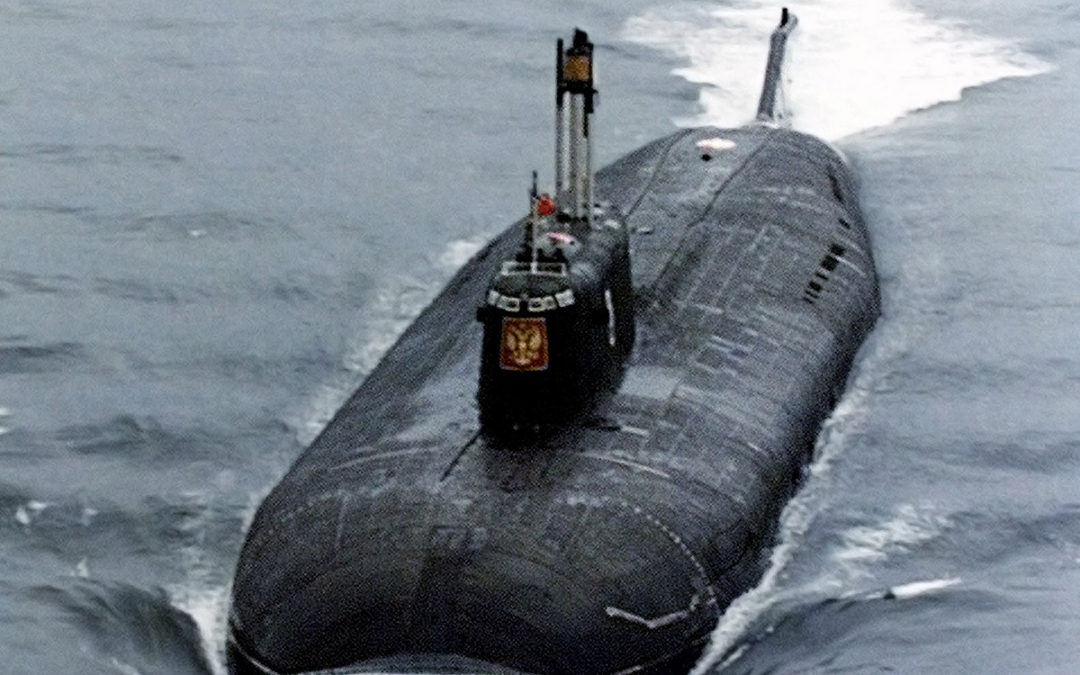
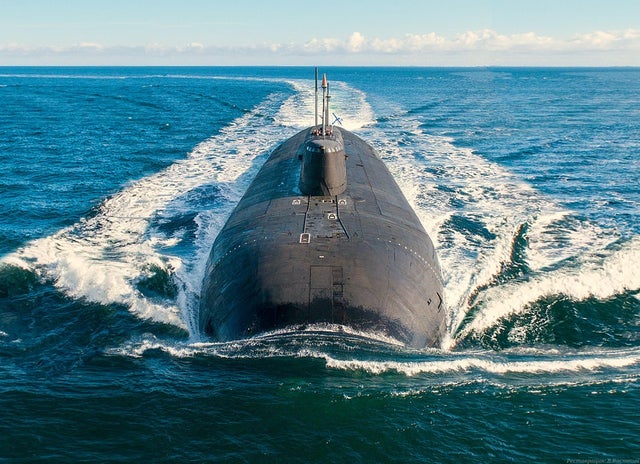
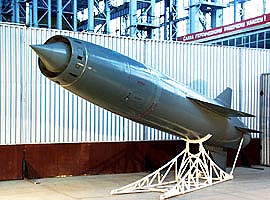
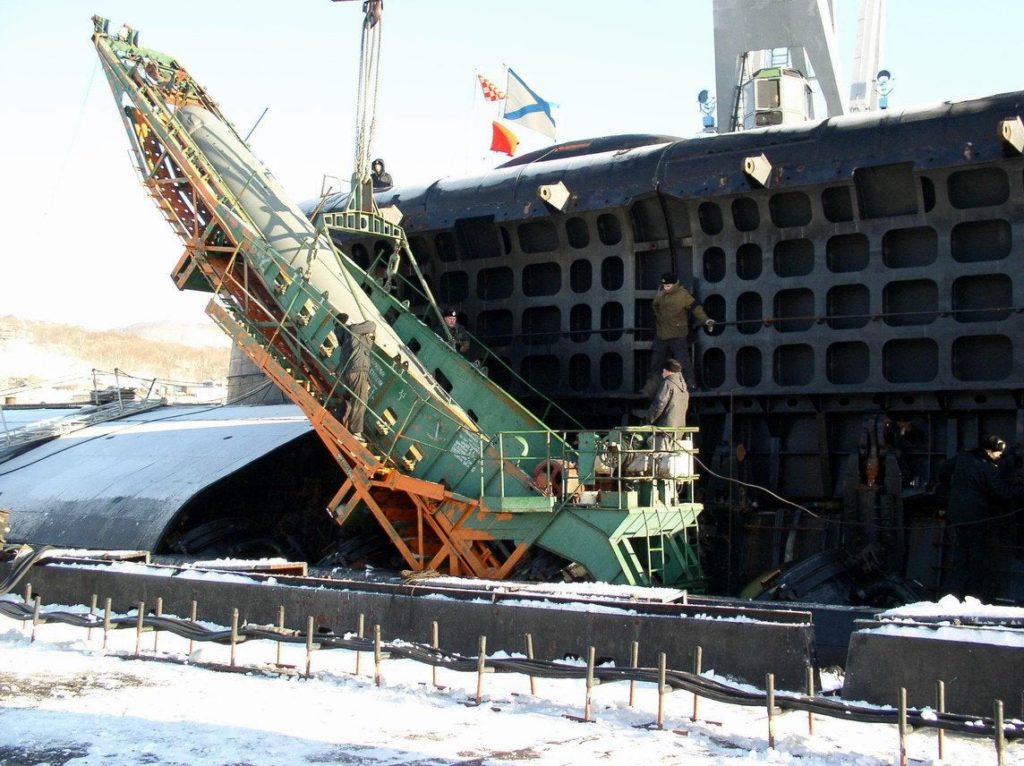
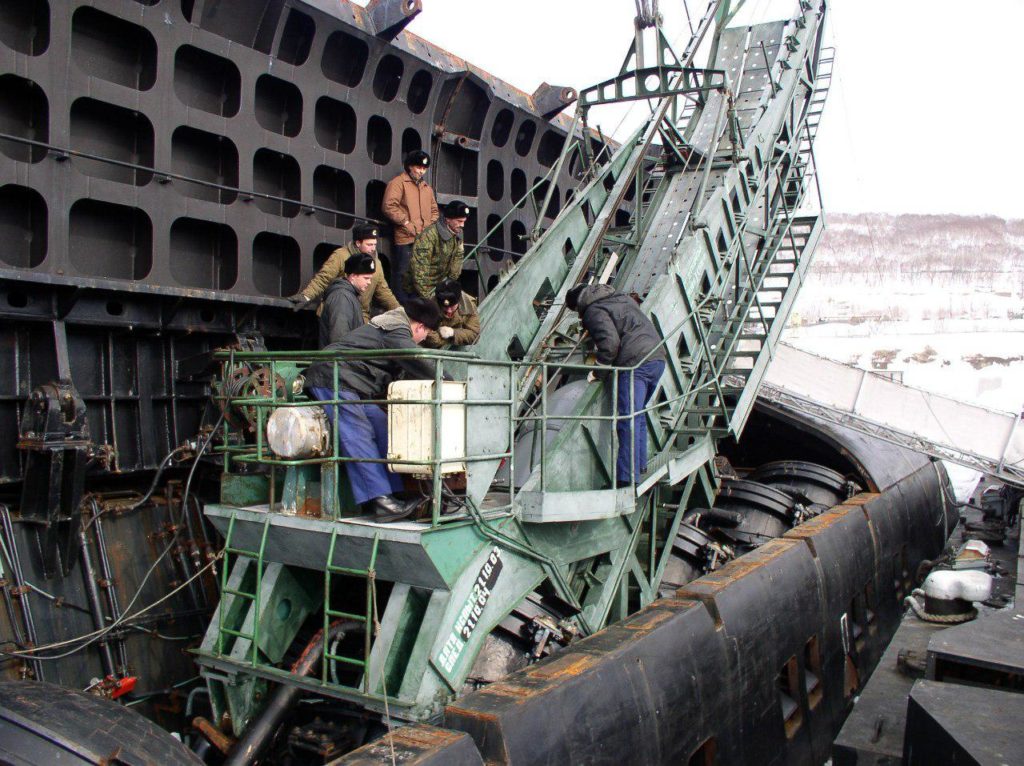
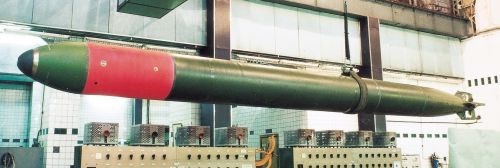
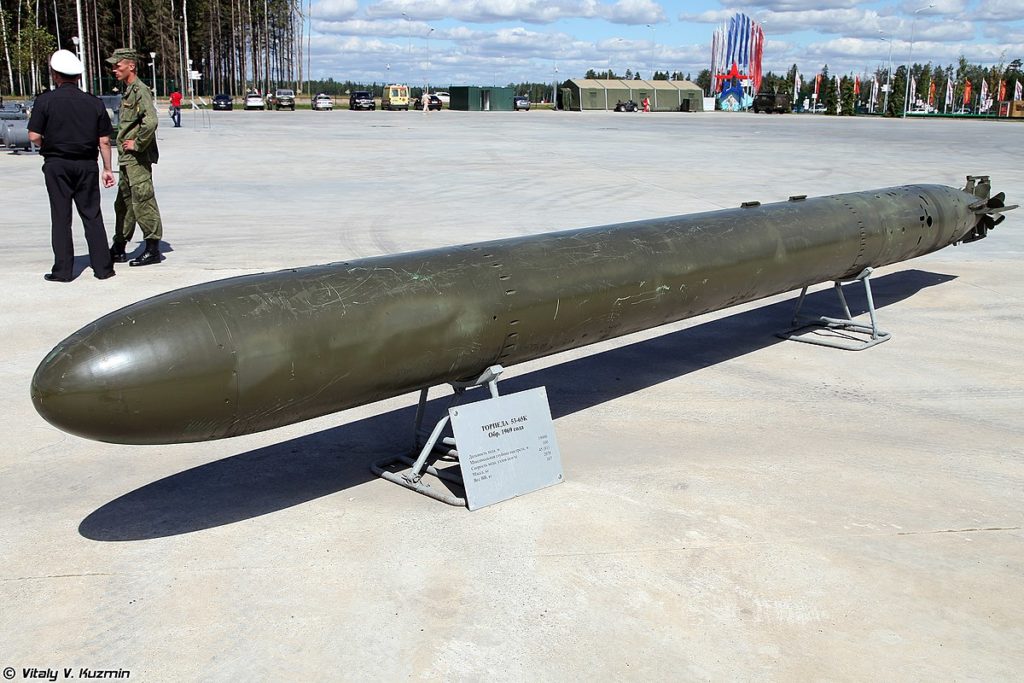

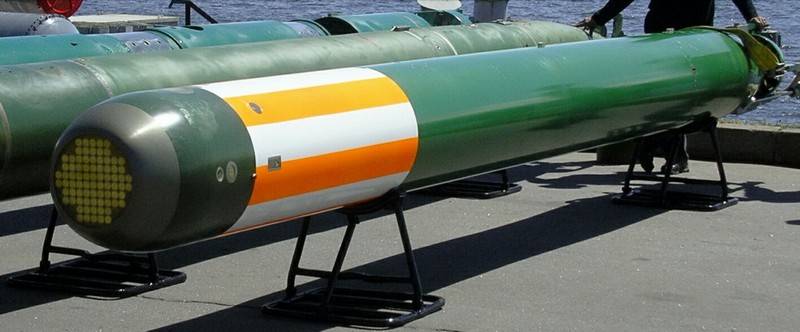

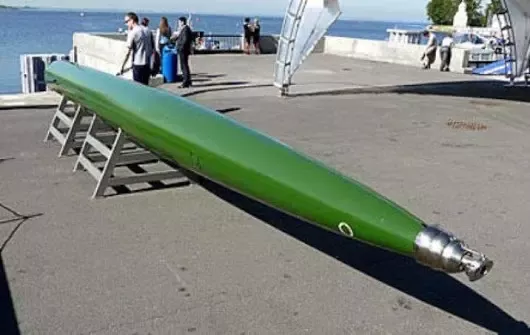
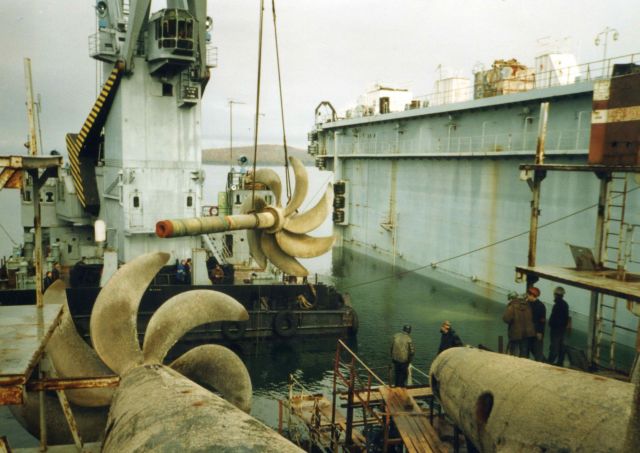
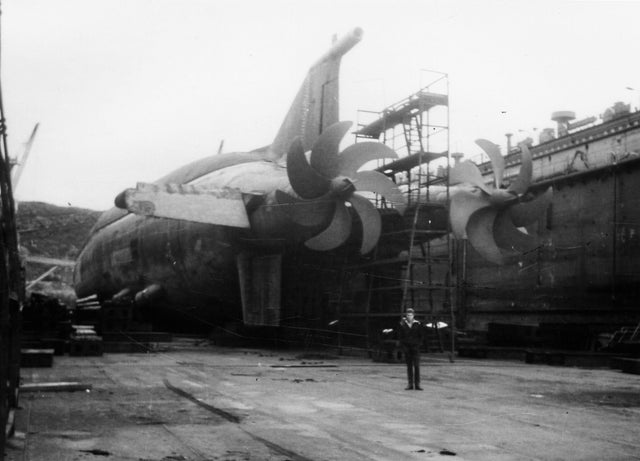
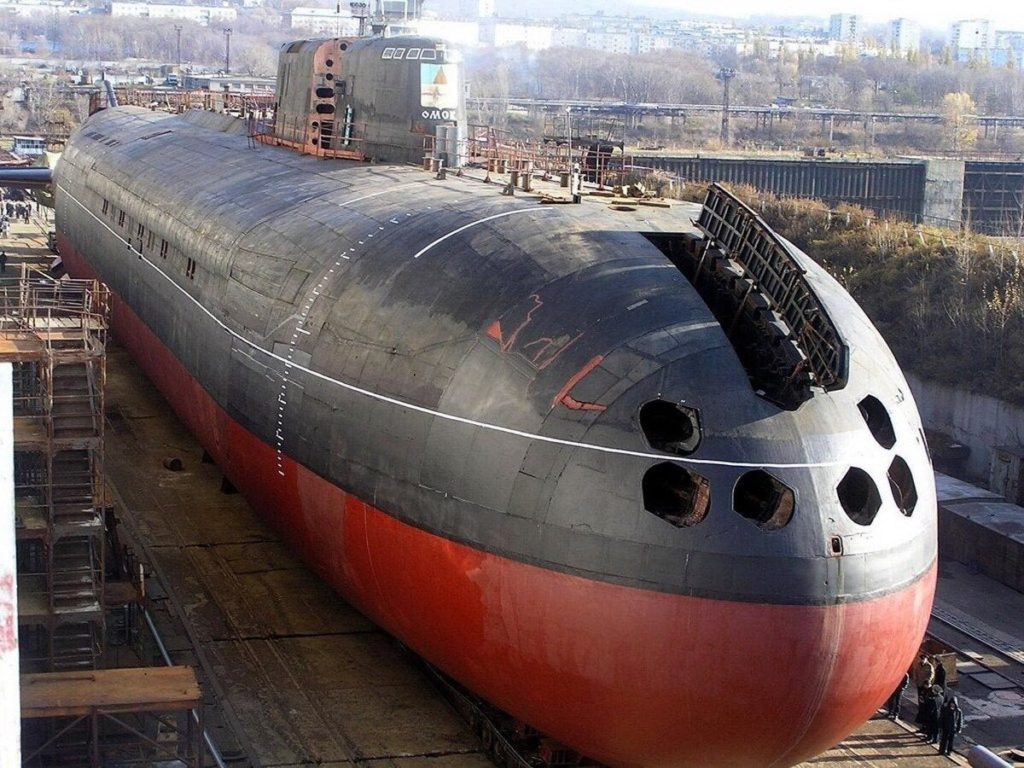
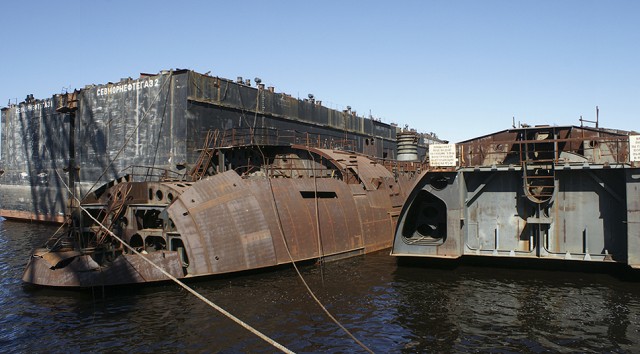
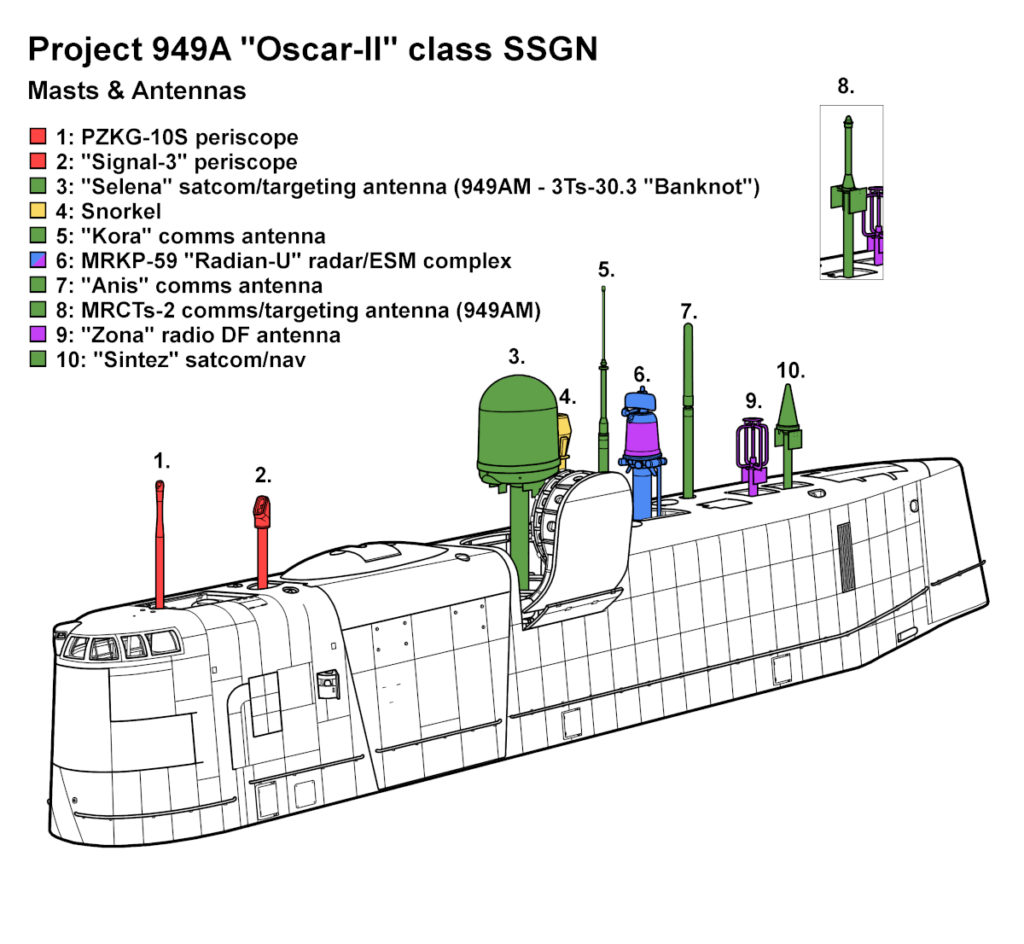
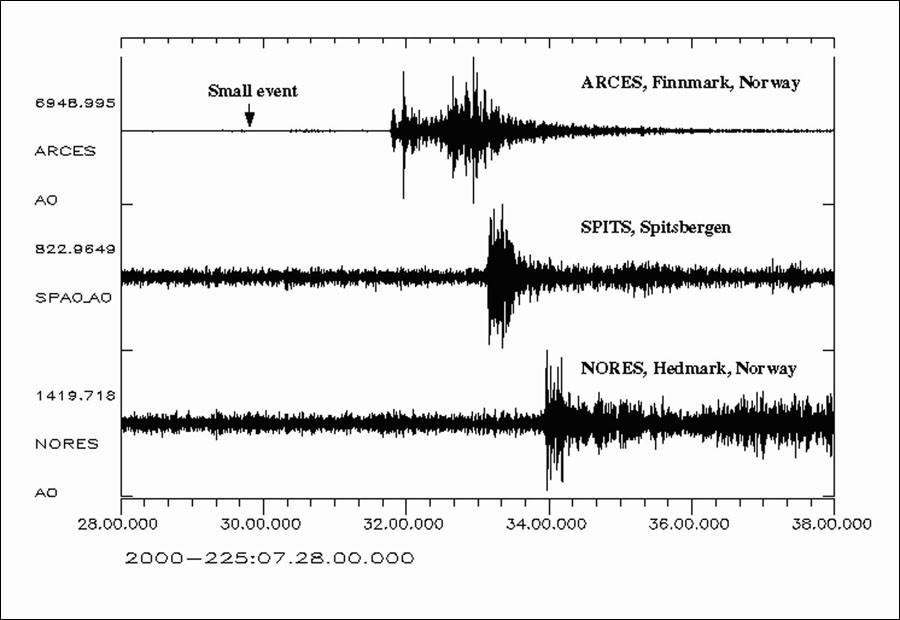
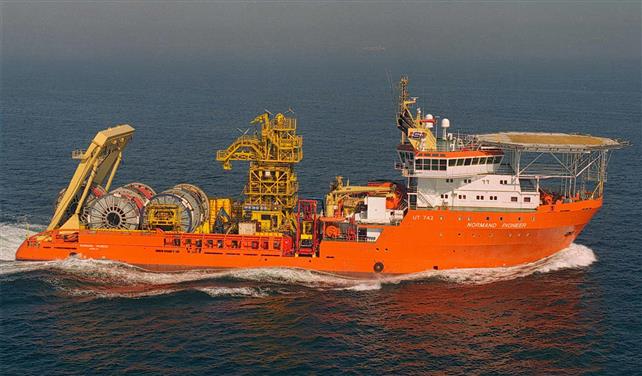
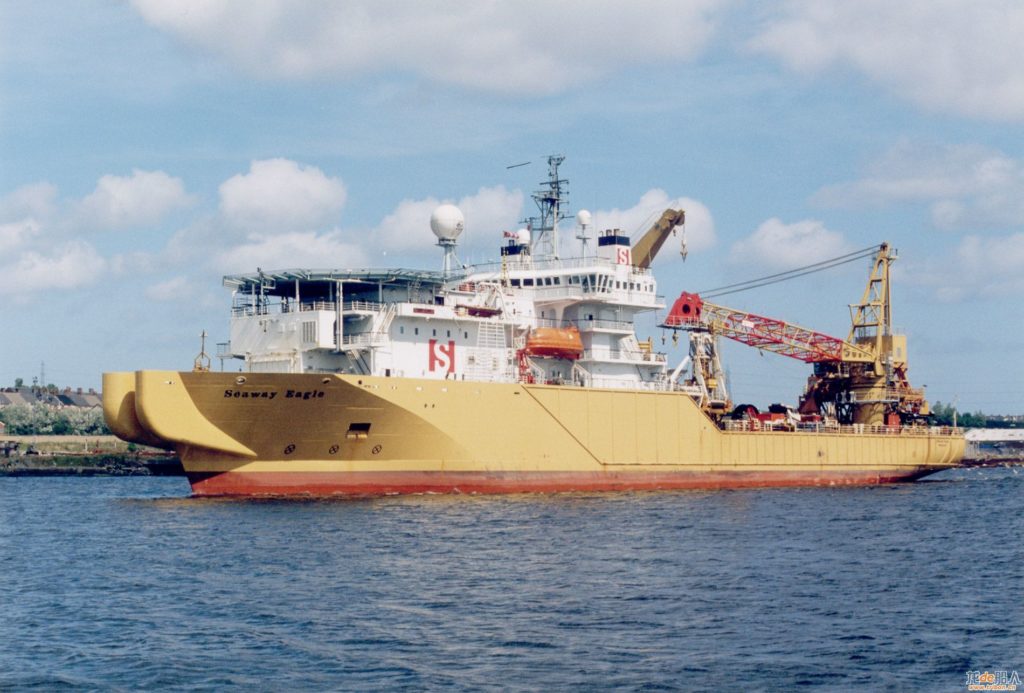
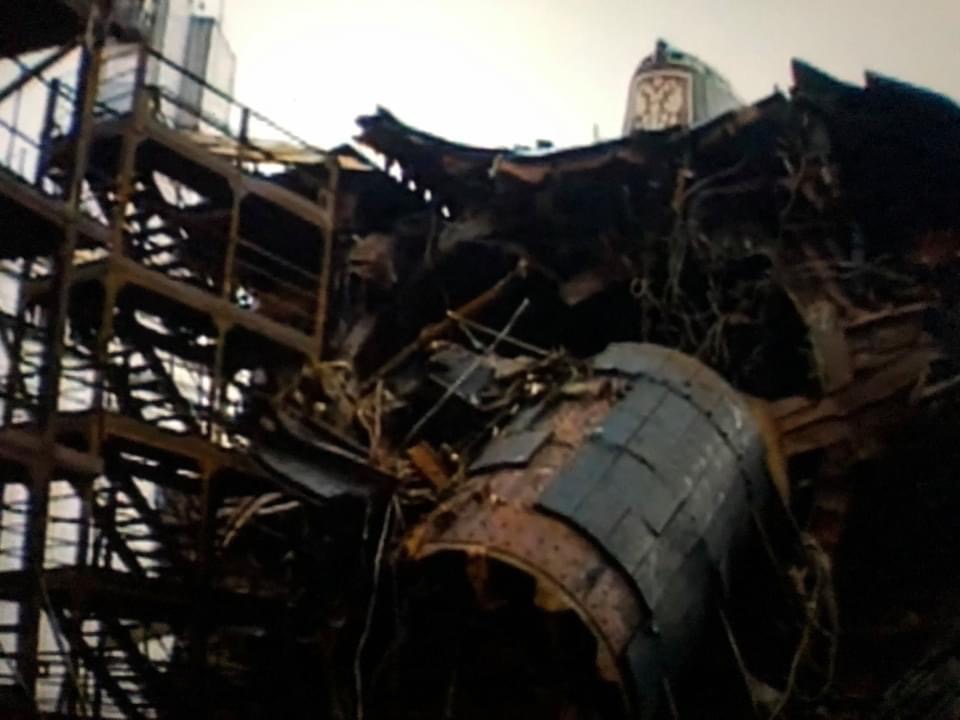
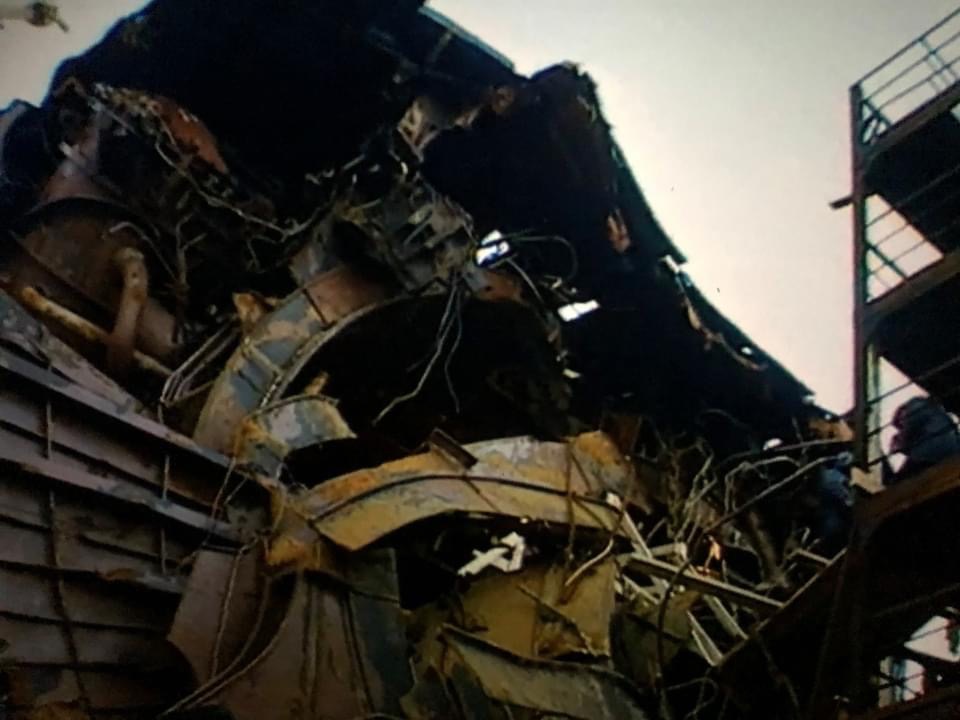
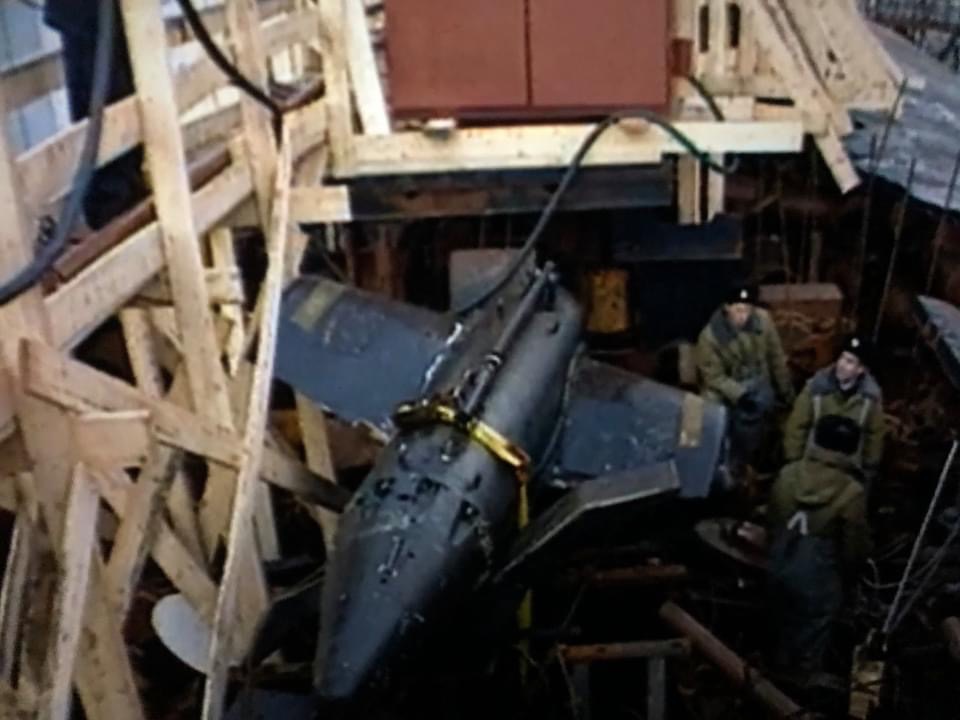
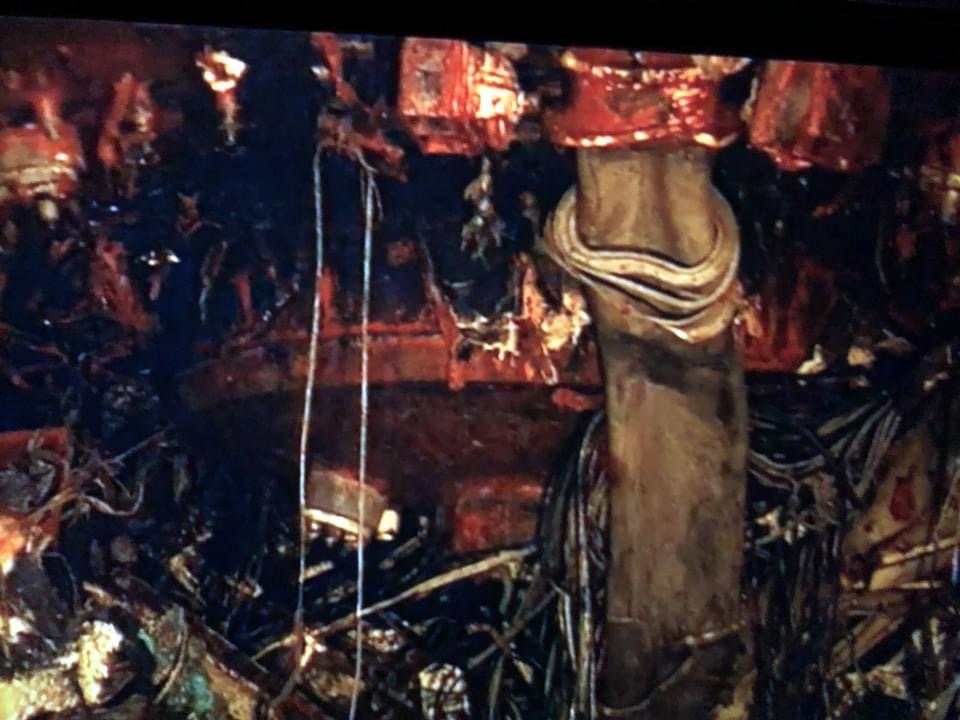
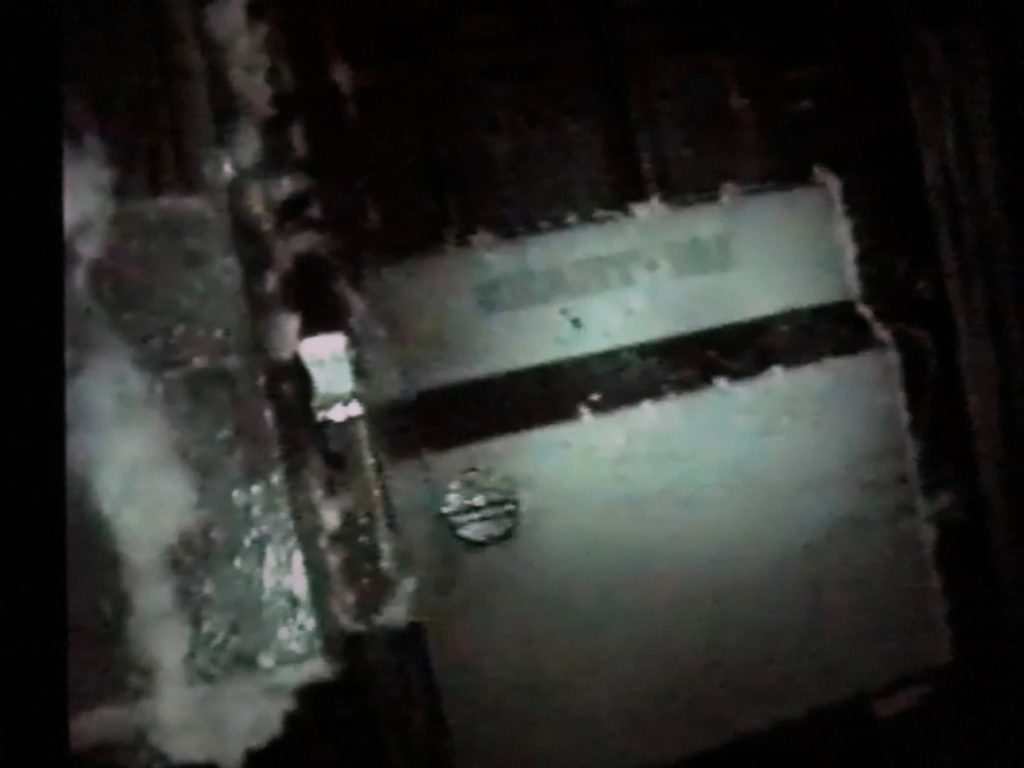
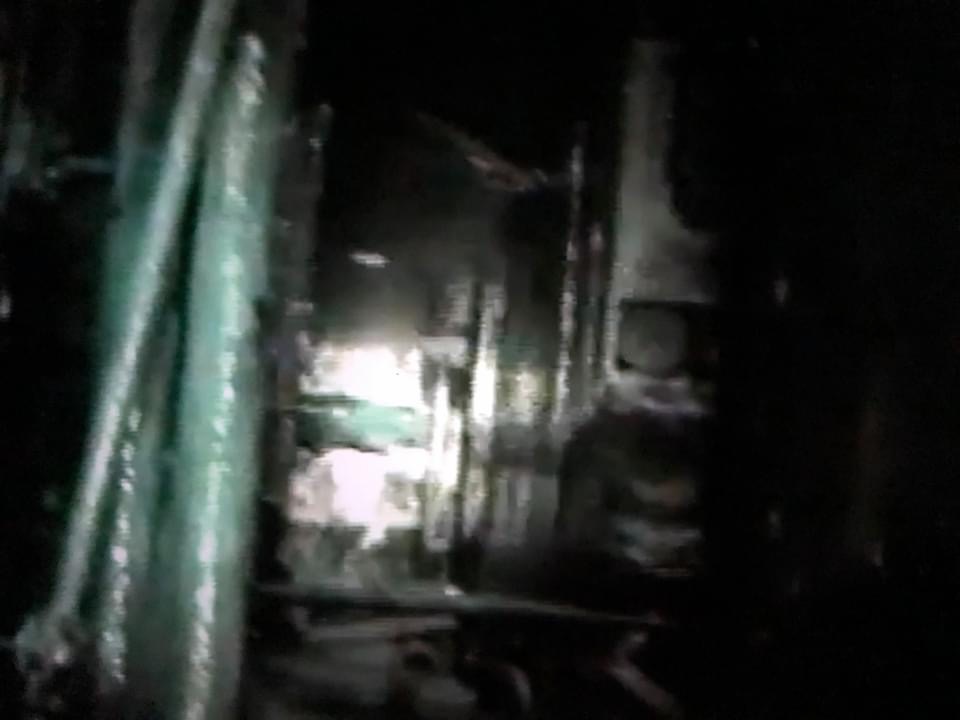
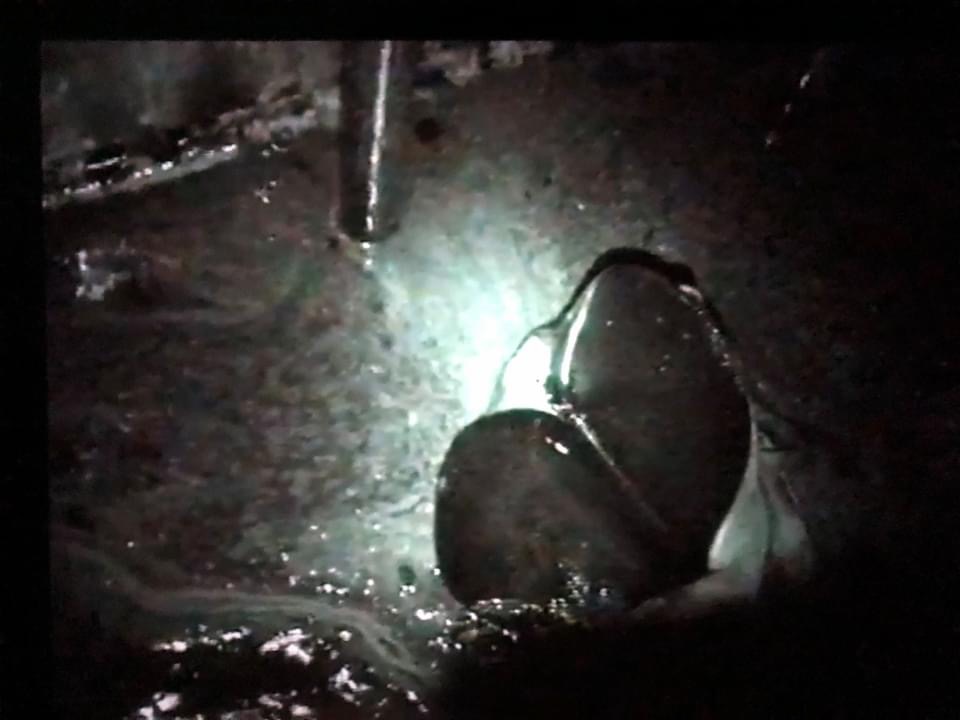
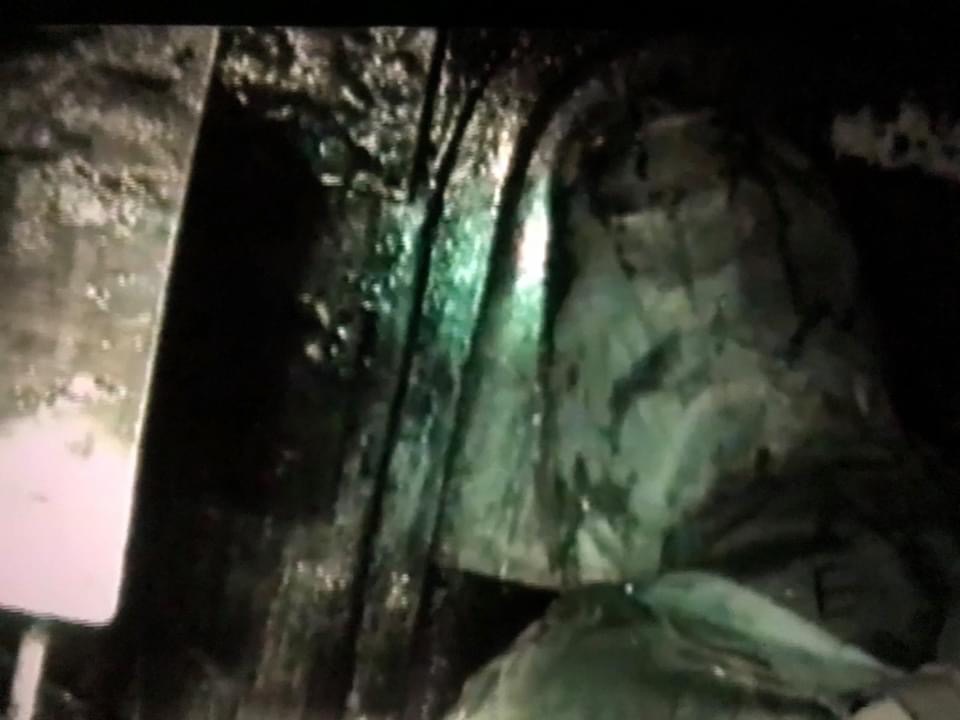
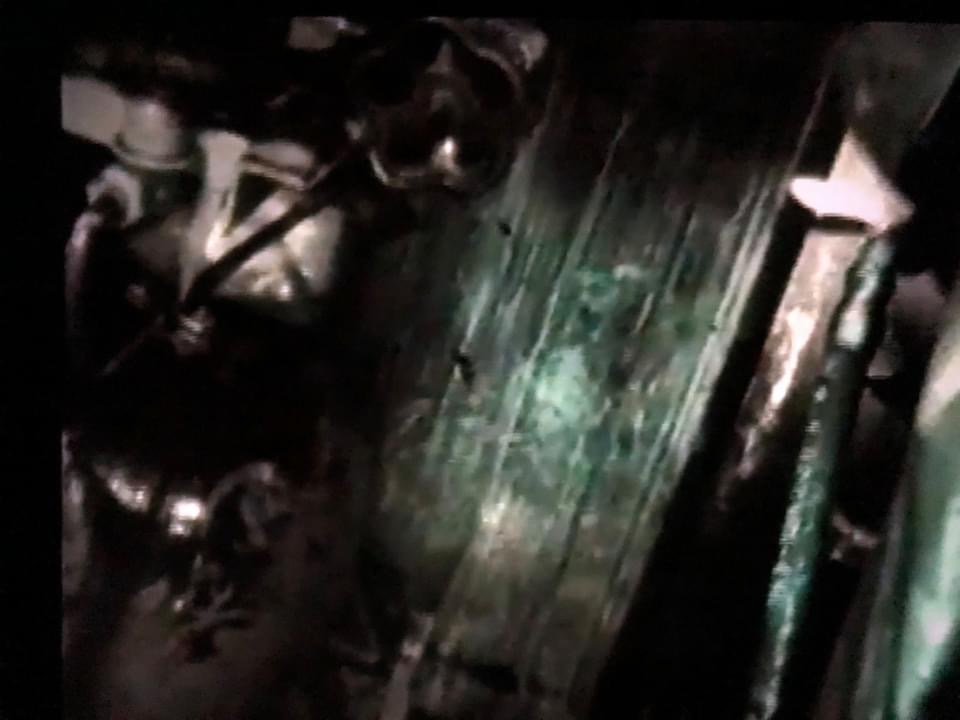
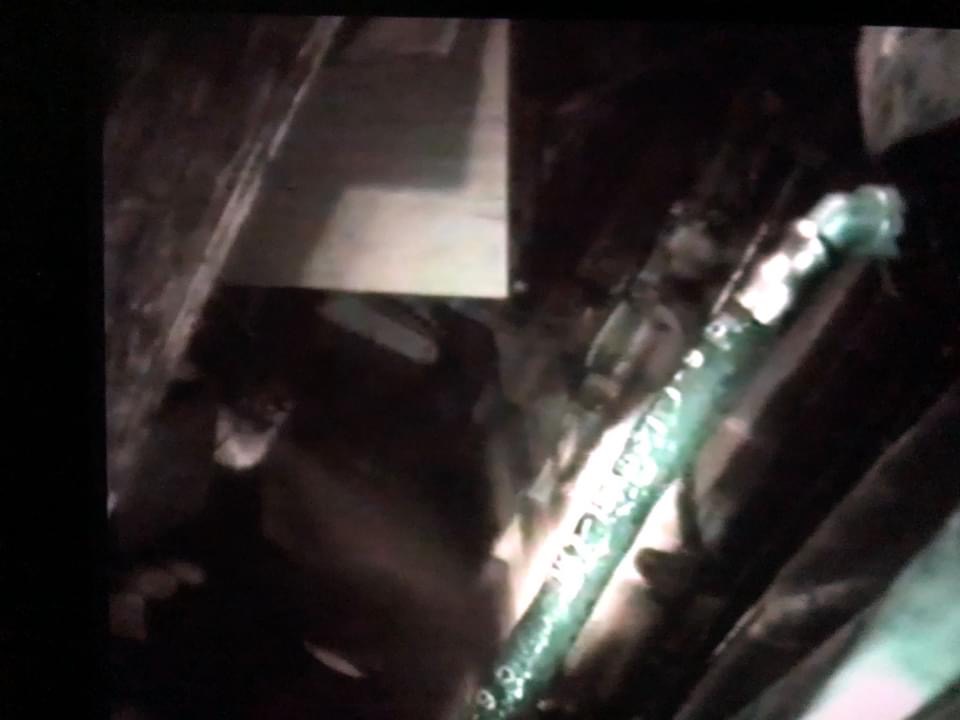
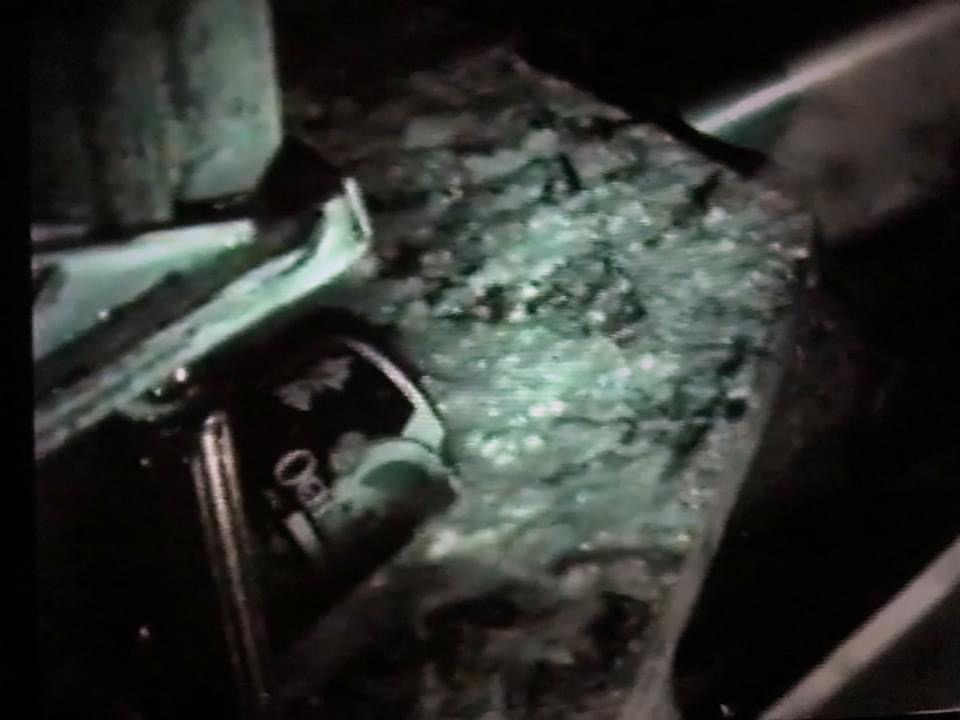
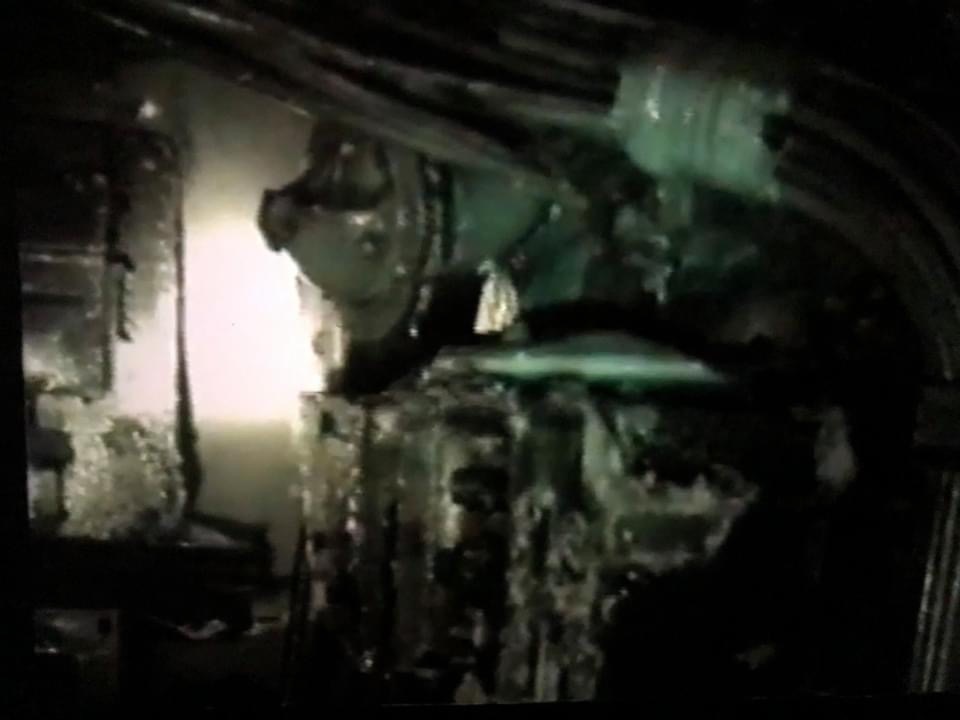
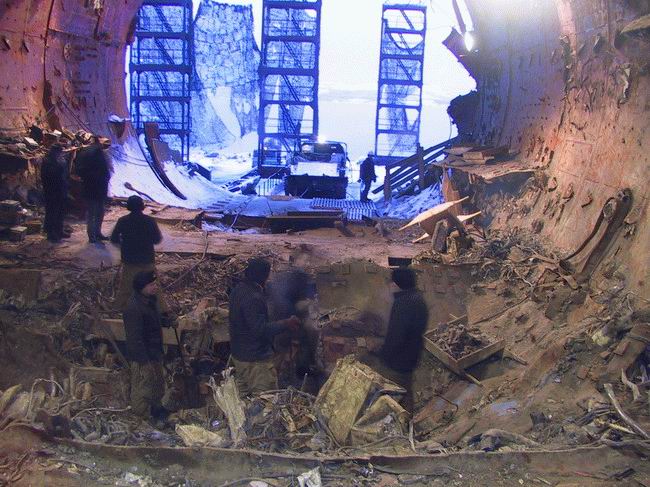
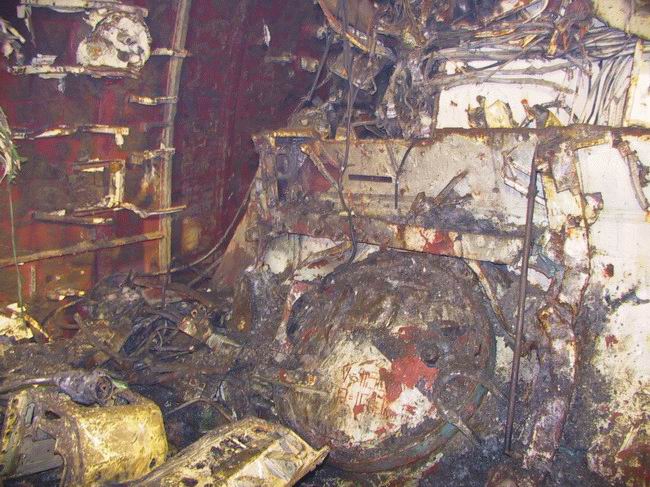
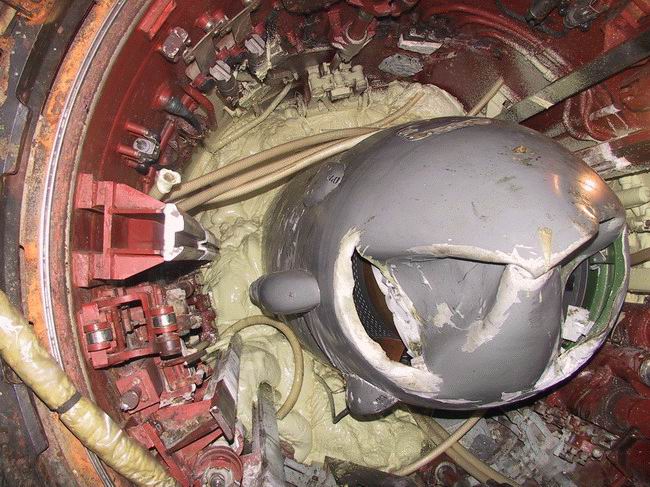
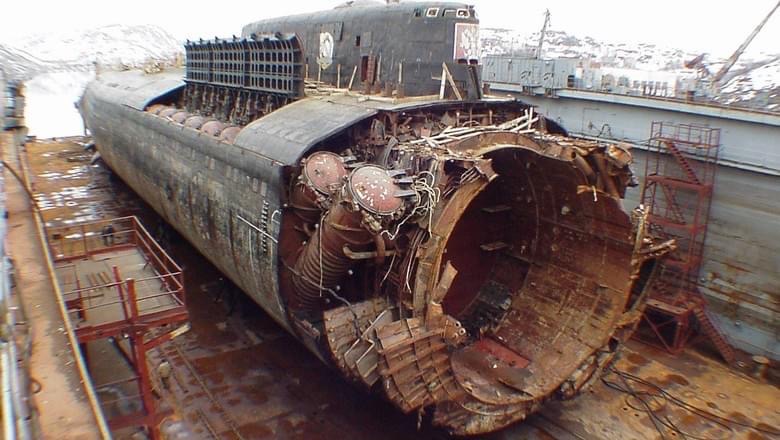
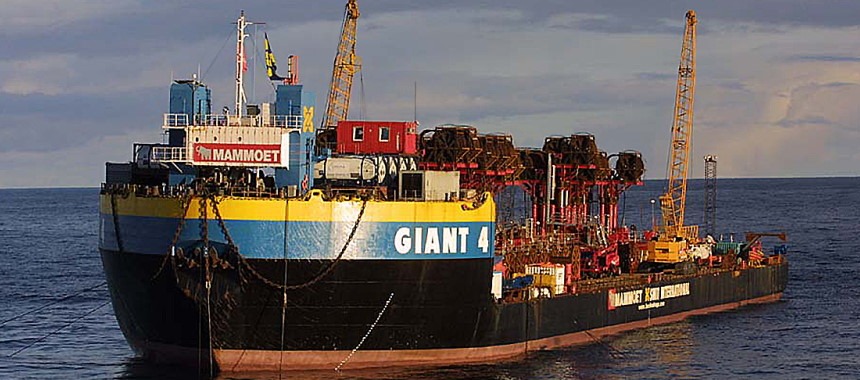
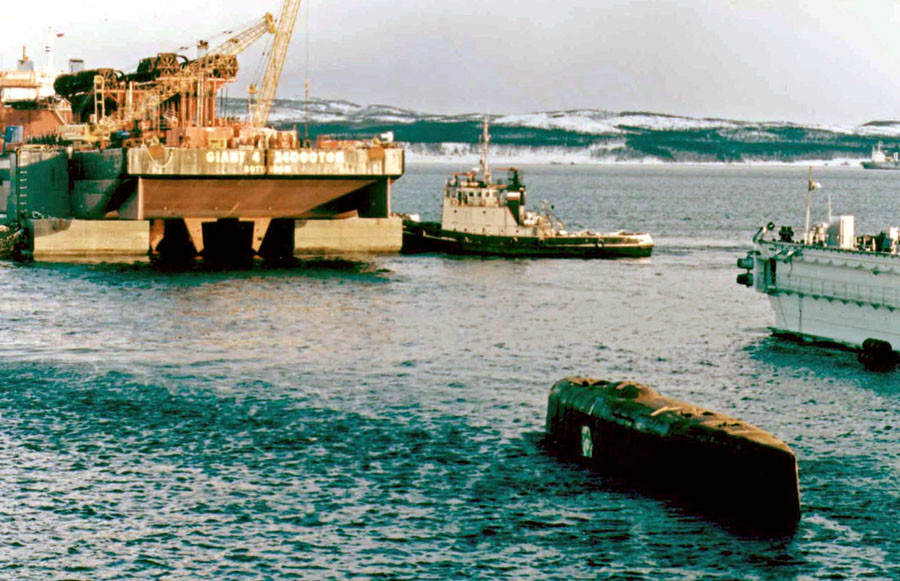
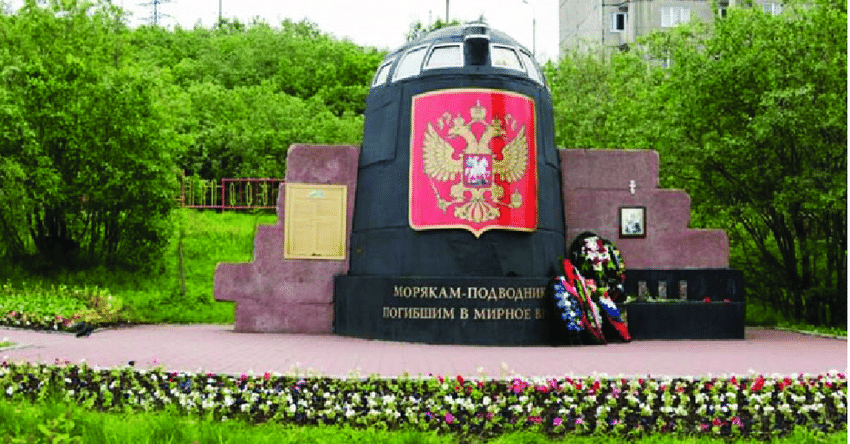
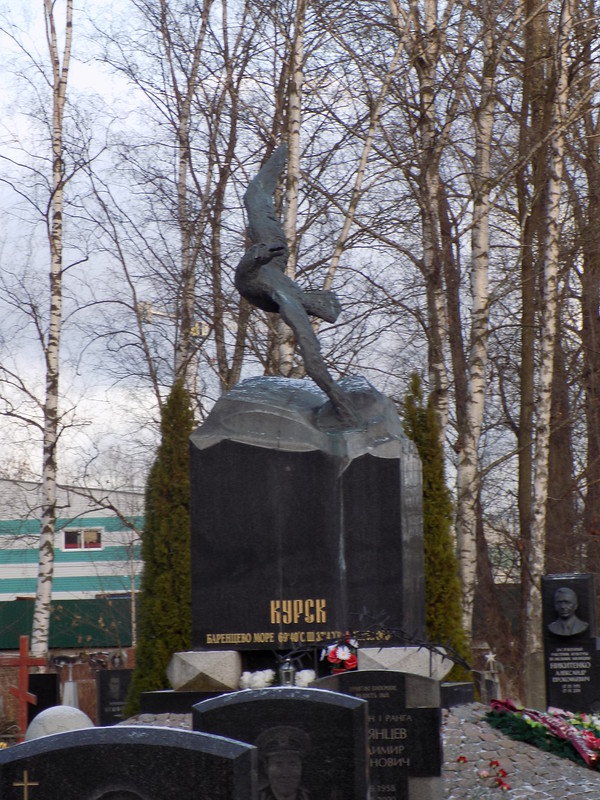
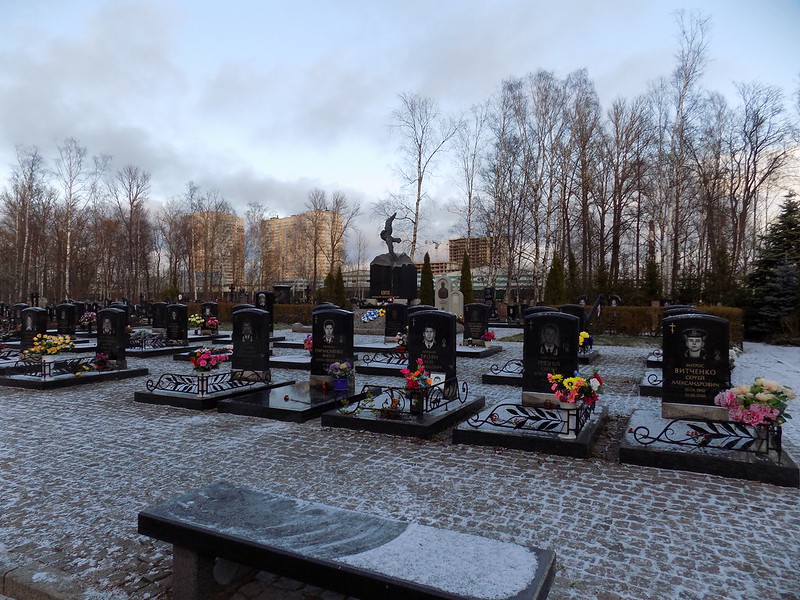

Trackbacks/Pingbacks